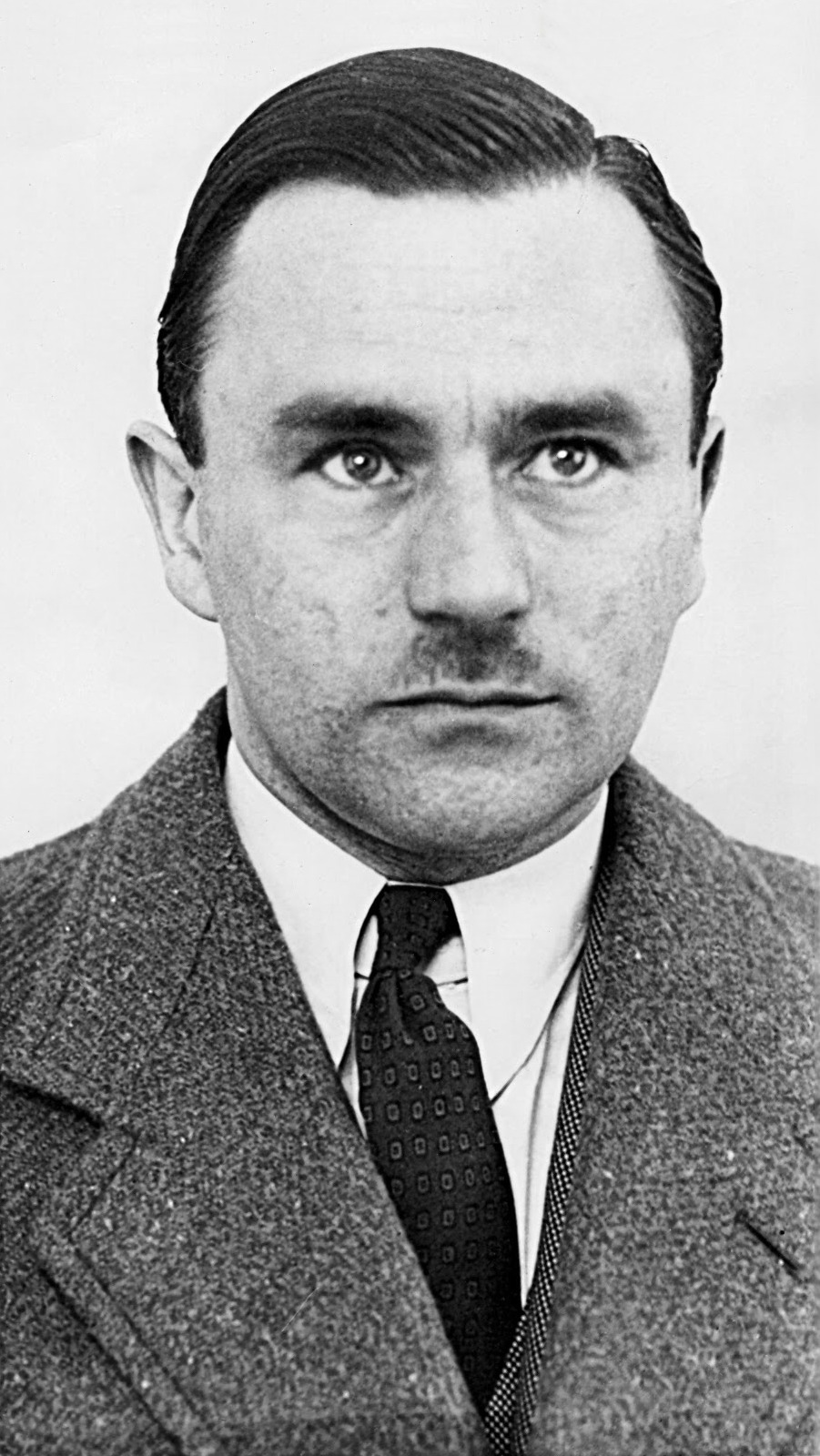
1909 - 1949
John George Haigh
Summary
Name:
Nickname:
Acid Bath MurdererYears Active:
1944 - 1949Birth:
July 24, 1909Status:
ExecutedClass:
Serial KillerVictims:
6+Method:
Beating / ShootingDeath:
August 10, 1949Nationality:
United Kingdom
1909 - 1949
John George Haigh
Summary: Serial Killer
Name:
John George HaighNickname:
Acid Bath MurdererStatus:
ExecutedVictims:
6+Method:
Beating / ShootingNationality:
United KingdomBirth:
July 24, 1909Death:
August 10, 1949Years Active:
1944 - 1949bio
John George Haigh was born on July 24, 1909, in Stamford, Lincolnshire, England. He grew up in the village of Outwood in West Riding of Yorkshire. His father, John Robert Haigh, was an engineer, and his mother, Emily, was a homemaker. They were strict members of the Plymouth Brethren, a conservative Protestant group. Haigh was their only child.
From a young age, Haigh experienced recurring religious nightmares. This may have been influenced by his strict upbringing. He developed a talent for playing the piano, learning at home. He loved classical music and often attended concerts. Haigh excelled in school and earned a scholarship to Queen Elizabeth Grammar School in Wakefield. He later went to Wakefield Cathedral, where he became a choirboy.
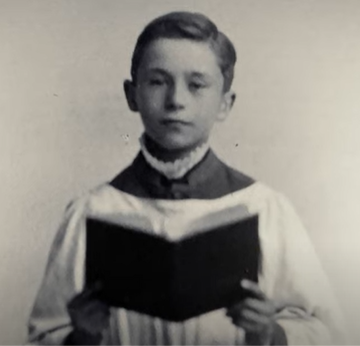
After finishing school, Haigh worked as an apprentice at a motor engineering firm. He left this job after a year and then held positions in insurance and advertising. When he was 21, he was suspected of stealing from a cash box and was dismissed from his job.
On July 6, 1934, Haigh married Beatrice "Betty" Hamer, a 23-year-old woman. However, their marriage quickly fell apart. The same year, Haigh was imprisoned for fraud. While he was in jail, Betty gave birth to a baby girl, whom she gave up for adoption, and she left Haigh. After his release, Haigh tried to start a dry cleaning business with a partner, which was successful until his partner died in a car accident.
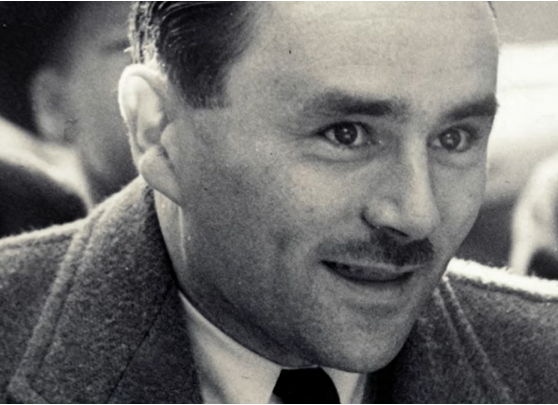
In 1936, Haigh moved to London and became a chauffeur for William McSwan, a wealthy amusement park owner. He also maintained McSwan's amusement machines. However, Haigh still wanted to make money through his own schemes. He pretended to be a solicitor and sold fake stock shares. His fraud was discovered, and he received a four-year prison sentence.
Haigh was released just before World War II. He was still involved in fraud and received more prison sentences. During his time in jail, he learned about the use of acid to dispose of bodies, which would later play a role in his future crimes. Haigh's life before his crimes was marked by repeated failures in business and strained relationships.
murder story
John George Haigh, also known as the "Acid Bath Murderer," committed a series of brutal murders in the 1940s. After being released from prison in 1943, he began working as an accountant. By chance, he met his former employer, William McSwan, in a pub and became acquainted with McSwan's parents. Envious of McSwan's lifestyle, Haigh killed him on September 6, 1944. He lured McSwan into a basement and struck him with a lead pipe. To dispose of the body, he placed it in a 40-gallon drum filled with concentrated sulfuric acid. Two days later, he emptied the remains down a manhole.
Haigh then deceived McSwan's parents by claiming their son was in Scotland to avoid military service. On July 2, 1945, he invited them to the same location, where he killed both Donald and Amy McSwan in a similar manner. He continued to collect their rent and forged documents to steal their money.
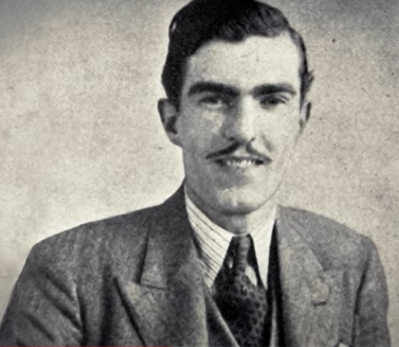
In 1947, faced with financial trouble, Haigh targeted a couple, Dr. Archibald Henderson and his wife, Rose. He feigned interest in their property and was invited to their flat. After stealing a revolver from Archibald, Haigh shot him and later killed Rose by luring her to his workshop under false pretenses. He disposed of their bodies in the same fashion, dissolving them in acid and selling their possessions for profit.
Haigh's final victim was Olive Durand-Deacon, a wealthy widow from his hotel. He invited her to his workshop on February 18, 1949, and shot her in the back of the neck, then stripped her of valuables before disposing of her body in acid as well. Two days later, concerns over her disappearance led to an investigation.
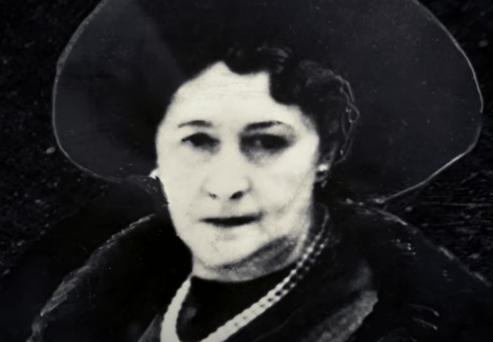
Authorities uncovered Haigh's history of fraud and previous convictions, which eventually led them to search his workshop. They found evidence that linked him to the various murders, including a receipt for Olive's coat and residual remains. During questioning, Haigh confessed to multiple murders but believed he could evade conviction since no bodies were found.
His trial took place in July 1949, where he pleaded insanity but was quickly found guilty. The evidence presented demonstrated clear premeditation and calculation in his actions. Haigh was sentenced to death and was hanged on August 10, 1949.